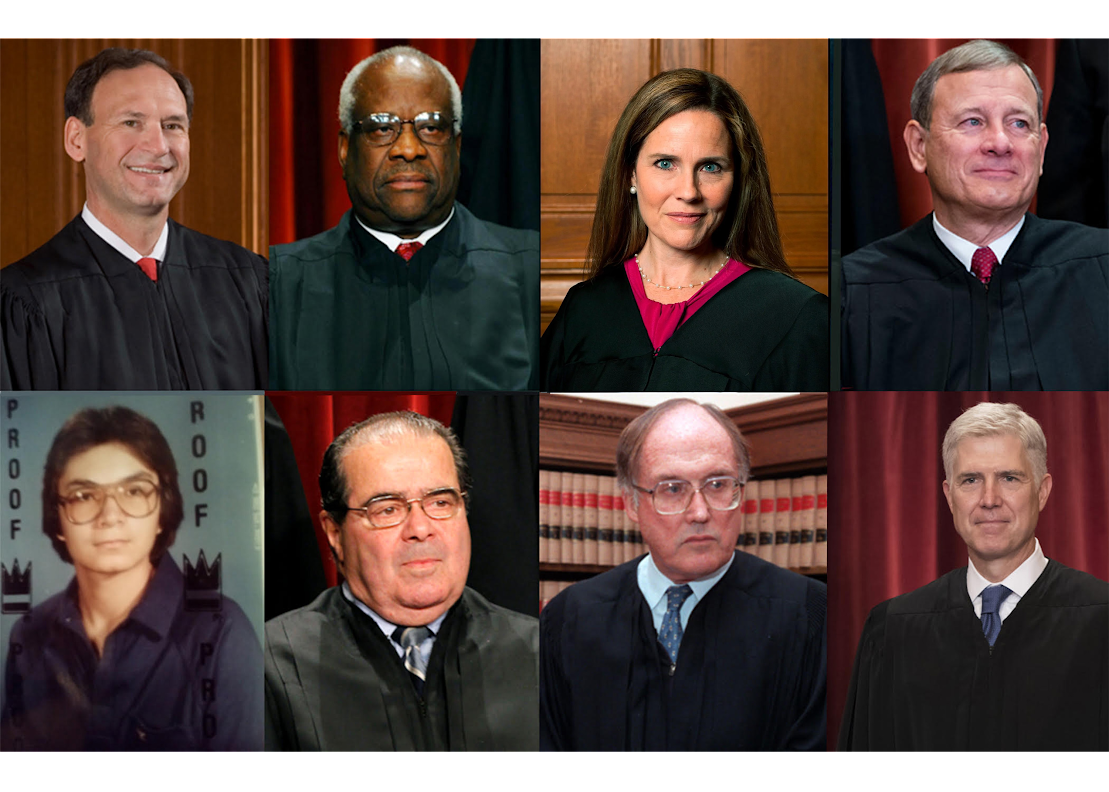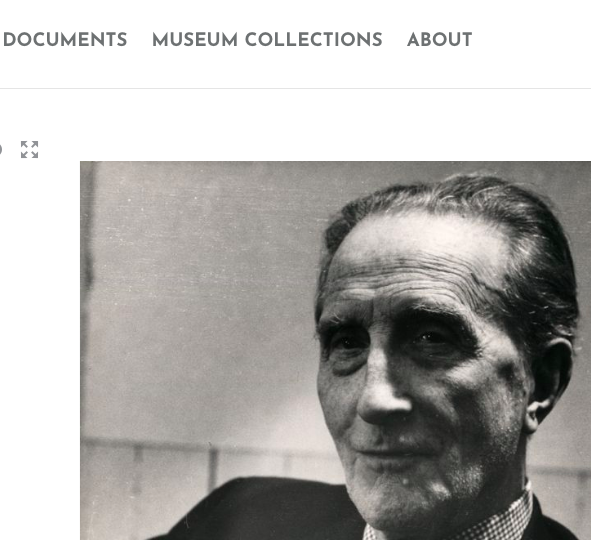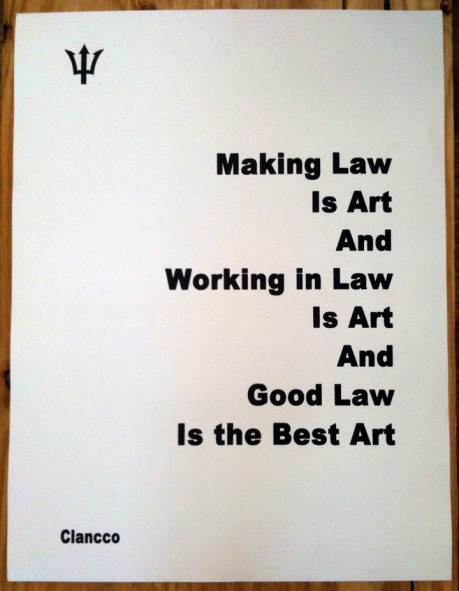Another great conference coming up:
How do we sustain hope in the economy? Hope—usually indexed by terms like consumer confidence, or market optimism—is the engine of market stability and growth. And yet most of the current techniques for producing confidence in the economy—from stimulus packages to new regulatory architectures—are at best limited solutions. How these policies translate into individual market participants’ hope in the market remains unclear, and most policy makers and market participants are at best uneasy about how effective existing approaches will be and what unintended consequences they might bring with them.
This conference aims to set in motion what we call a “market movement”—an analog to recently successful social or political movements. One of the hallmarks of recent political movements has been the understanding that each of our actions have larger consequences. “Think globally, act locally” is the slogan of the environmental movement, or “the personal is political” has been the slogan of the feminist movement. In the recent presidential campaign, Barack Obama called this move “hope”: hope for him is the realization that each of us has power to effectuate real change. So our question is, if this is true for politics and society, could it also be true for the market?
The conference will bring together professionals and experts in the financial markets with social scientists and lawyers who have studied hope in other legal, political and social movements to define a new agenda for market stabilization and reform from the ground up.
The conference will take place on Friday, March 26, 2009, at The Levin Institute in New York City.
For more information and registration, please click here.









